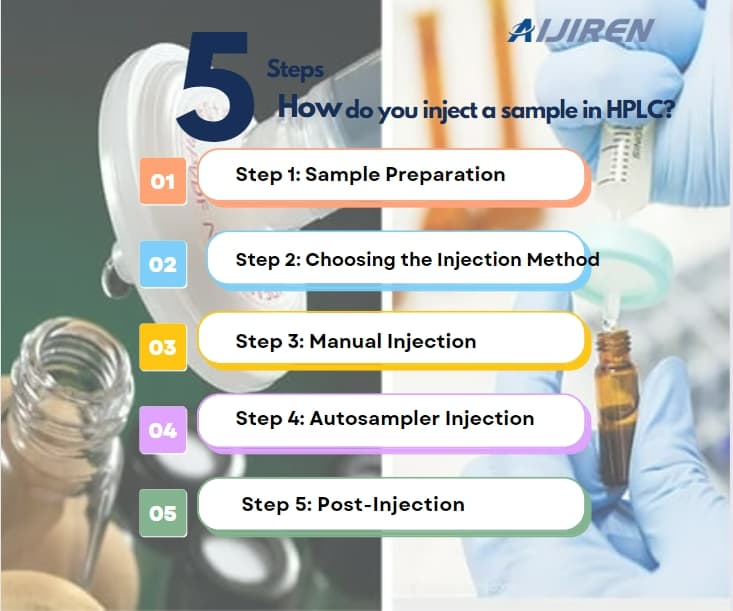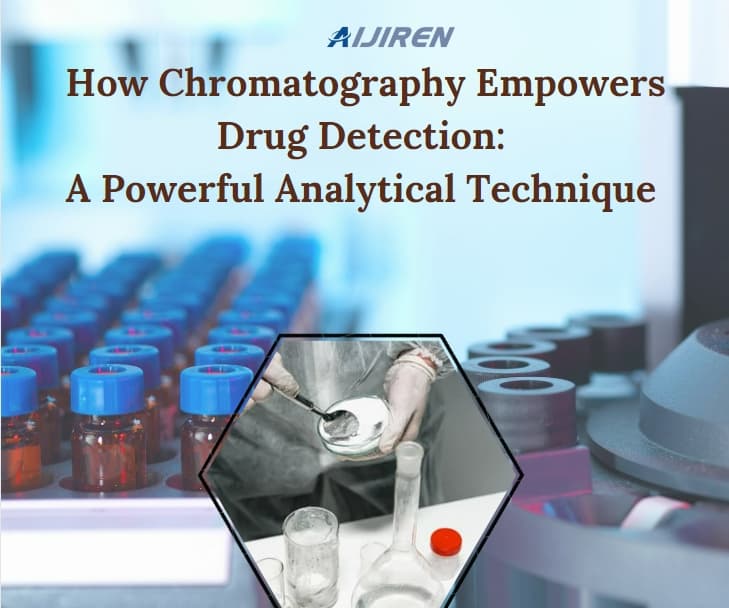Causes and Solutions of Gas Chromatography Peak Tailing(Ⅱ)
When analyzing compounds with gas chromatography (GC) and gas chromatography-mass spectrometry, sometimes you will encounter the problem of chromatographic peak tailing, which is mainly analyzed from the following aspects:
Injection port problems
1. The temperature of the injection port is inappropriate
When the sample is separated using a gas chromatograph, it first enters the inlet and is vaporized inside. Therefore, the temperature of the inlet is required to be higher than the boiling point of the compound to be measured so that the compound can be fully vaporized at the inlet. If the temperature of the inlet is lower than the boiling point of the compound to be measured, the compound will not vaporize sufficiently, which will also cause chromatographic peak tailing. Moreover, unvaporized compounds will remain in the injection port, contaminating the injection septum and liner, and may also affect the peak shapes of other compounds. High temperature makes use of the vaporization of the sample. At the same time, the thermal stability of the sample must also be taken into consideration to ensure that the chemical properties of the sample do not change at high temperatures.
Compounds were separated using a gas chromatograph with good resolution and peak shape when using new septa, liners, and columns. After being used for a period of time, the peak shape of the compound is obviously tailed. The main reason in this case is contamination of the inlet and chromatographic column.
2. The septum and liner are contaminated
Two parts of the inlet that are easily contaminated are the septum and liner. When septa and liners are contaminated, compounds may combine with or react with the contaminants, which may also cause peak tailing. At this time, replacing the septum and liner with a new one will solve the problem of peak tailing. For compounds that are easy to tail, you can choose to use an ultra-inert liner, which is not easy to react with the compound and is beneficial to the separation and analysis of the compound. If necessary, you can also clean the diverter plate under the liner.
Back to List
-
 下午2:56How do you inject a sample in HPLC?
下午2:56How do you inject a sample in HPLC? -
 上午9:04How Chromatography Empowers Drug Detection: A Powerful Analytical Technique
上午9:04How Chromatography Empowers Drug Detection: A Powerful Analytical Technique -
 下午5:01Navigating Micro Inserts for HPLC Vials: A Comprehensive Guide
下午5:01Navigating Micro Inserts for HPLC Vials: A Comprehensive Guide -
.jpg) 下午5:14Common faults and solutions of automatic samplers(1)
下午5:14Common faults and solutions of automatic samplers(1) -
 下午5:08Ensuring Sample Integrity: Navigating EPA Storage Vials Stability Guidelines
下午5:08Ensuring Sample Integrity: Navigating EPA Storage Vials Stability Guidelines

